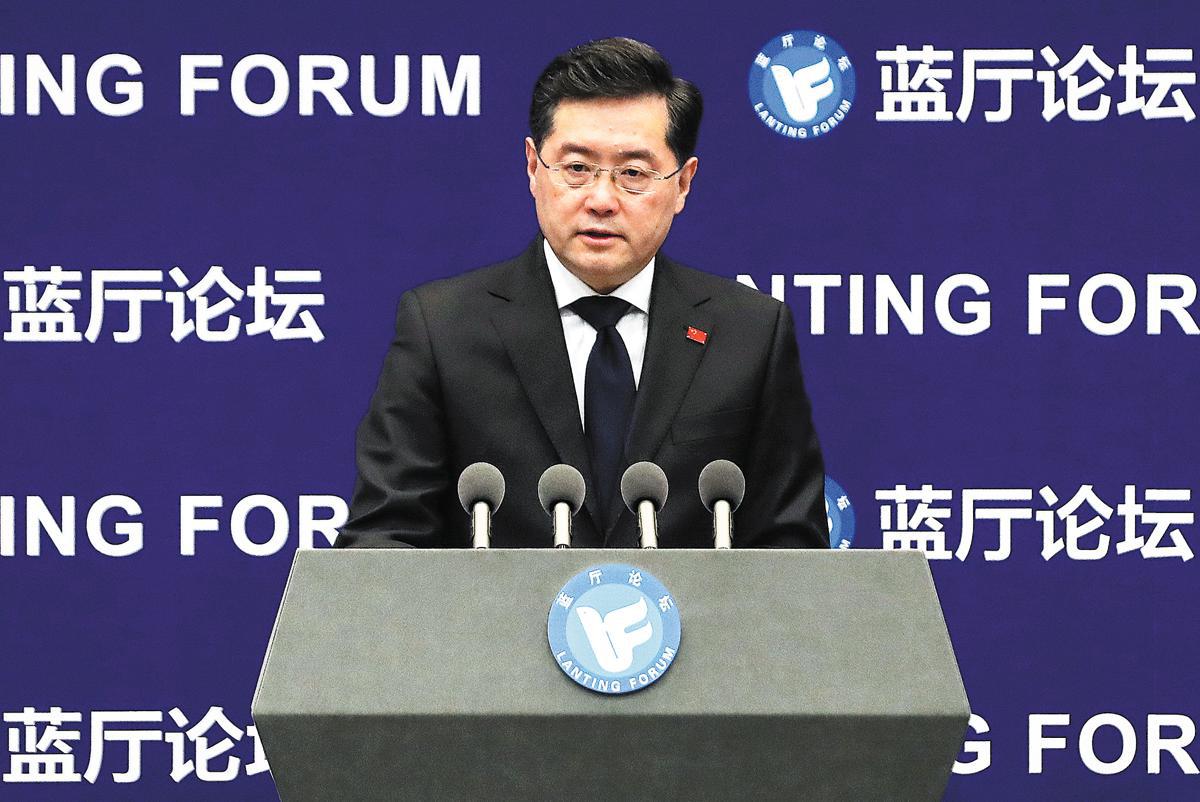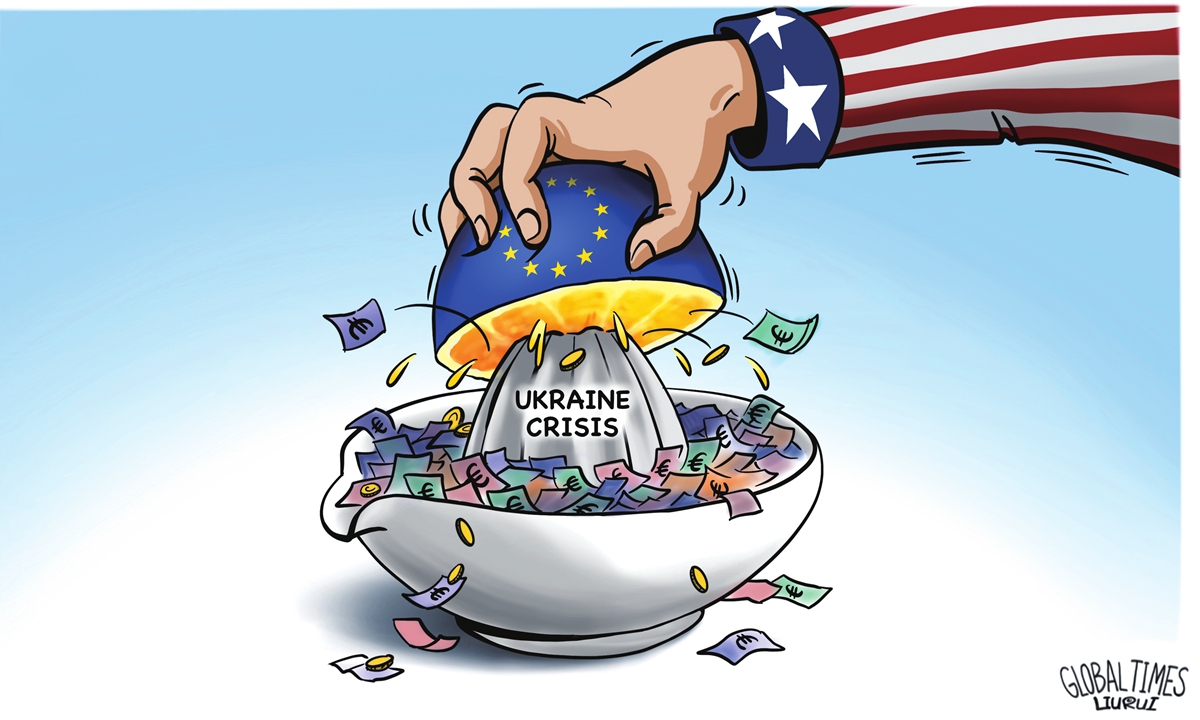Budget 2023 revised up to RM388.1bil, GDP growth at 4.5%
KUALA LUMPUR: Budget 2023 is revised upward to RM386.1 billion, making it the largest allocation in Malaysia’s history, as the government continues to provide support to steer the economy, according to the Ministry of Finance (MoF).

By the Star Malaysia25 Feb 2023By JAGDEV SINGH SIDHU jagdev@thestar.com.my
Highlights of Budget 2023/Belanjawan 2023
1. Bankrupts with debts of less than RM50,000 who fulfil certain requirements will be released from bankruptcy on March 1. This is expected to benefit 130,000 people.
2. The government will amend the Insolvency Act 1967 to release bankrupts automatically.
3. Bank Negara will allow consumers to freeze their accounts should they detect any suspicious activities.
4. RM10 million to support the National Scam Response Centre.
5. A special task force to reform government agencies, known as STAR, will be set up. It will be led by the chief secretary to the government.
6. Malaysian Road Records Information System (Marris) allocations increased to RM5.2 billion.
7. RM50 million to install lampposts in accident-prone areas.
8. Government will use district engineers to speed up the repairing of federal roads.
9. RM2.7 billion to repair and upgrade federal roads.
10. RM1.2 billion to repair 400 dilapidated clinics and 380 dilapidated schools.
11. The government plans to table amendments to the Whistleblowers Act to better protect whistleblowers.
12. The government plans to table the Government Procurement Act.
13. Government procurement must be transparent. RM22 billion worth of contracts linked to flood mitigation projects and the Jana Wibawa project were awarded via direct negotiation.
14. Private sector to establish a “Madani wakaf” involving assets worth more than RM1 billion.
15. The government will increase the availability of Islamic financing.
16. The government will also support the plans for the private sector to develop a port in Pulau Carey.
17. The government will support the development of the Sanglang port in Perlis.
18. Putrajaya to expand Subang and Penang airports to attract investments. This is more economical than the proposed construction of a RM7 billion airport in Kulim, says the prime minister.
19. The Tun Razak Exchange will become the country’s international financial hub.
20. Bank Pembangunan Malaysia Berhad to provide RM6 billion in strategic funding to encourage automation.
21. Tax incentives for aerospace industry will be extended to Dec 31, 2025.
22. Tax incentives for manufacturers to move operations to Malaysia will be extended to 2024.
23. The government will introduce a New Industry Master Plan 2030. This will include the restructuring of investment incentives.
24. The government will give incentives to local councils that make it easier for businesses to be set up.
25. Government proposes extending the Green Investment Tax Allowance (GITA) and Green Income Tax Exemption (GITE) incentives until Dec 31, 2025.
26. Bank Negara to provide RM2 billion in loans to support green technology startups and help SMEs embrace low-carbon practices.
27. RM50 million to increase the number of wildlife rangers to 1,500 people.
28. RM38 million allocated to protect endangered wildlife including tigers and elephants.
29. The government will increase allocations given to states to preserve forests from RM70 million a year to RM150 million a year.
30. RM50 million for the armed forces, fire and rescue department, and Rela to prepare for natural disasters.
31. RM150 million for Nadma to prepare for natural disasters.
32. Six flood mitigation projects will be re-tendered.
33. Anwar gave the example of flood mitigation projects. He said the government could have saved RM2 billion for the projects awarded by the previous government.
34. High impact projects must be awarded via tenders to ensure the government enjoys the best value and savings.
35. Bank Negara to provide nearly RM10 billion in loans for SMEs.
36. Government to waive driving test fees for taxi, bus, e-hailing and B2 motorcycle licenses.
37. Syarikat Jaminan Pembiayaan Perniagaan will provide RM20 billion in loans to SMEs in high value sectors.
38. RM1.7 billion in loan facilities under Bank Negara, BSN and TEKUN.
39. Government agencies to provide RM40 billion in loan facilities for MSMEs.
40. RM176 million to upgrade business premises and facilities under Mara, DBKL, PUNB and UDA.
41. RM50 million to build and upgrade 3,000 stalls and kiosks nationwide
42. Income tax for micro SMEs reduced from 17% to 15% for the first RM150,000.
43. The government will incentivise self declaration for income tax arrears beginning June 1.
44. Half of revenue from excise duties collected under the Generational Endgame (GEG) law will be channelled to the health ministry.
45. Putrajaya to introduce excise duties on vape and e-cigarette liquids containing nicotine.
46. The government will study the possibility of introducing a capital gains tax from 2024.
47. The government will introduce wealth tax. Luxury watches and goods will be taxed.
48. The government will maintain electricity subsidies for all domestic users and SMEs.
49. Lower income Amanah Saham Bumiputera (ASB) contributors will be given more dividends.
50. The government will table a Fiscal Responsibility Act in Parliament this year to ensure better management of the economy in the future.
51. Government aims to reduce fiscal deficit to 5% this year, compared to 5.6% in 2022.
52. Government aims to collect RM291.5 billion in revenue, a decrease compared to RM294.4 billion in 2022.
Budget 2023; Highlights from updates on economic & fiscal outlook
and
revenue estimates 2023
GDP to grow 4.5% in 2023

The global economy would be weighed down by persistent pressures such as inflation, tightening global financial conditions and economic deceleration among major economies.
Budget 2023: An inspiring budget for all - New Straits Times
Related post:
Malaysian Budget 2023 RM372.3bil from last year’s RM332.1bil
(Original)




































